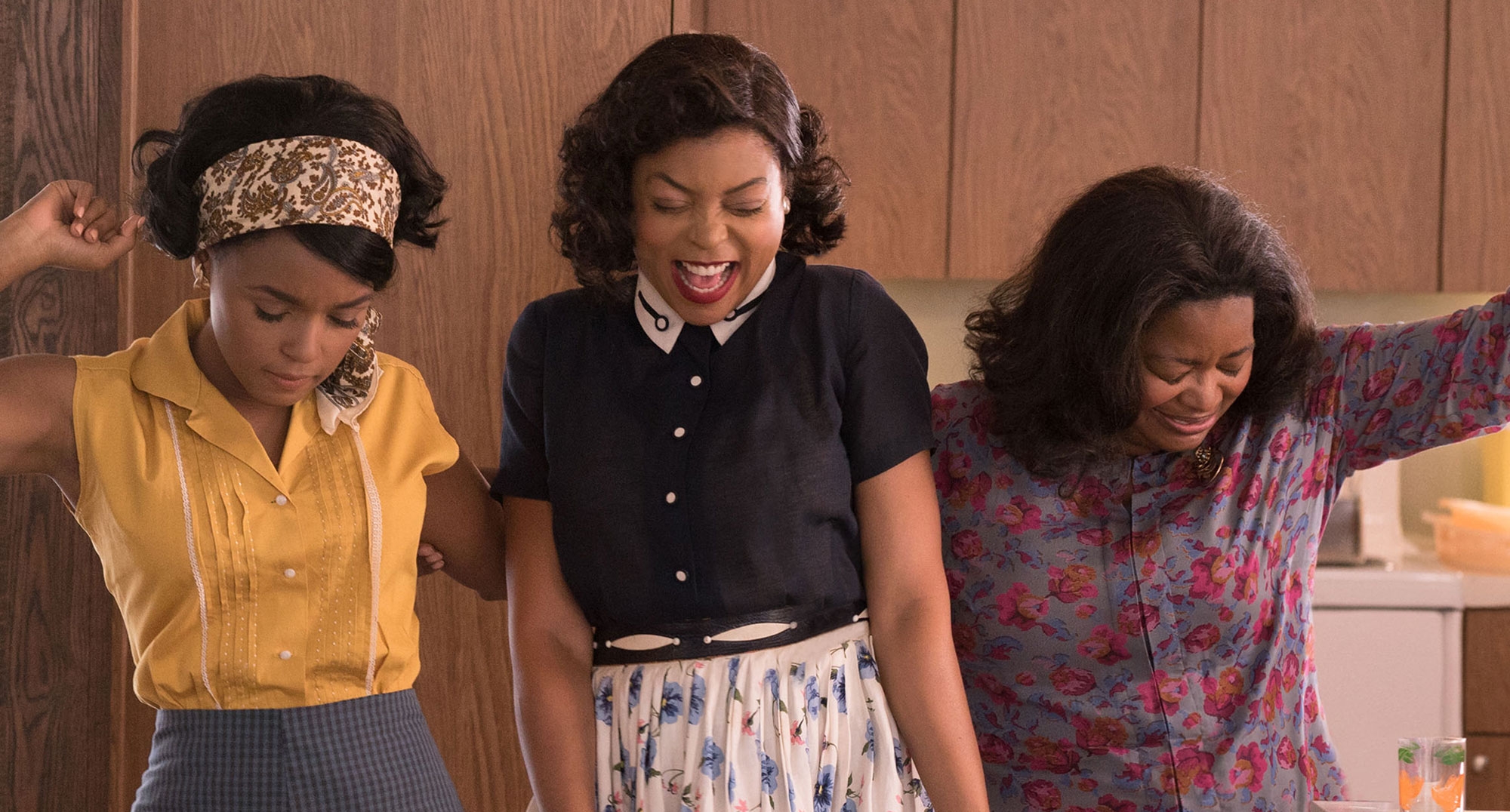By Katie Padgett
Centered upon actual events, “Hidden Figures” tells the story of three African-American women living in Virginia in the 1960’s.
These women –Katherine Johnson, Mary Jackson, and Dorothy Vaughan – were the brains behind some of the greatest space missions in U.S. history.
Isolated to their “colored computers” room, these three women would eventually break all gender, racial and professional barriers to help America achieve some of its most significant aeronautical achievements.
Following Russia’s successes in space travel, America’s Space Task Group felt the pressure to double their efforts to send American astronauts into space. With this new demand for progress American space travel, came a great need for more intellect.
Katherine Johnson was assigned to assist in the Space Task Room, where no other African-American had ever stepped foot. Despite the very prevalent discrimination in that room, Katherine eventually became involved in meetings that no woman, especially not an African-American woman, had ever been allowed to attend.
During this meeting, Katherine was able to create an equation that answered questions even those with the highest expertise in the field were baffled by.
Mary Jackson was assigned to assist in space capsule testing where she discovered a flaw in the experimental capsule’s heat shield, which lead her to pursue an engineering degree. Mary was later told that she couldn’t take the classes needed for her degree because they were offered at an all-white school.
Mary was encouraged by her colleagues to keep pushing and eventually received a court date to fight for her right to attend the all-white school.
Dorothy Vaughan had been taking on the role of supervisor of colored computers for nearly a year, yet she was never given the official title or pay off a supervisor. Dorothy struggles to receive an answer as to why her application for the supervisor role was never reviewed.
Dorothy eventually trained herself and her co-workers on a new system that could have put them all out of their jobs.Without these three women, NASA would not have been able to successfully complete John Glenn’s orbit of the Earth, Apollo 11 or Apollo 13.
Hidden Figures isn’t your typical movie about a heroine overcoming hardships and out-smarting her male superiors. Hidden Figures tells the story of three women, all with different home-lives, passions, and personalities, who shared a common barrier preventing them from reaching their full potential: the color of their skin.
As Katherine became the first of the trio to become re-assigned, she made the comment that “Any upward movement is movement for us all.”
Katherine was leading the way for other African-American women to stand up and teach themselves things they had never been approved to learn, solve something they had never been permitted to question and create something they had never been allowed to imagine.
I thoroughly enjoyed the sense of strength brought on by “Hidden Figures.” It showed how empowered these women felt by their knowledge and skill for what they did for a living. This movie doesn’t focus too heavily on science but explains just enough for viewers to get an idea of what the trio is working on and its importance to America. Rather,
“Hidden Figures” focuses on the intelligence, beauty, and strength of its main characters. The three women attended church together, neighborhood barbecues with their families and gathered in the living room around a black and white television singing and dancing together.
This movie shows the life of a typical African-American family in the 60s. They were forced to sit at the back of the bus, escorted out of the “white” section of the library and even had to pour their coffee out of a separate coffee pot.
This movie is most definitely a “feel-good” movie.
I found myself grinning several times. It’s set in a very positive, realistic environment – dinners around the table, deep conversations while stirring brownie batter and drinking moonshine, children’s birthday parties and slow dancing on back porches.
What makes this movie so strong to me is the realism. It doesn’t cover anything up or pretends issues of this time period didn’t occur. The setting was realistic. The homes, churches, clothing, language and music were all very genuine.
Despite the cruelty of society during the time, the women found pleasure in caring for their families and for each other no matter what life threw at them. Not to mention, there were several times the whole theater was giggling at all of the sass each of the characters brought.“Hidden Figures” brings a sense of reality. It shows the truth of how America was, and still can be to this day.
I found myself with chills during this movie several times, for several different reasons. Chills because “How could people be so cruel?” Chills because “Wow, sometimes this still happens today.” And chills because these women truly were overlooked American heroes hidden behind the shadows of discrimination and segregation, they were hidden figures who needed to be brought into the light.








